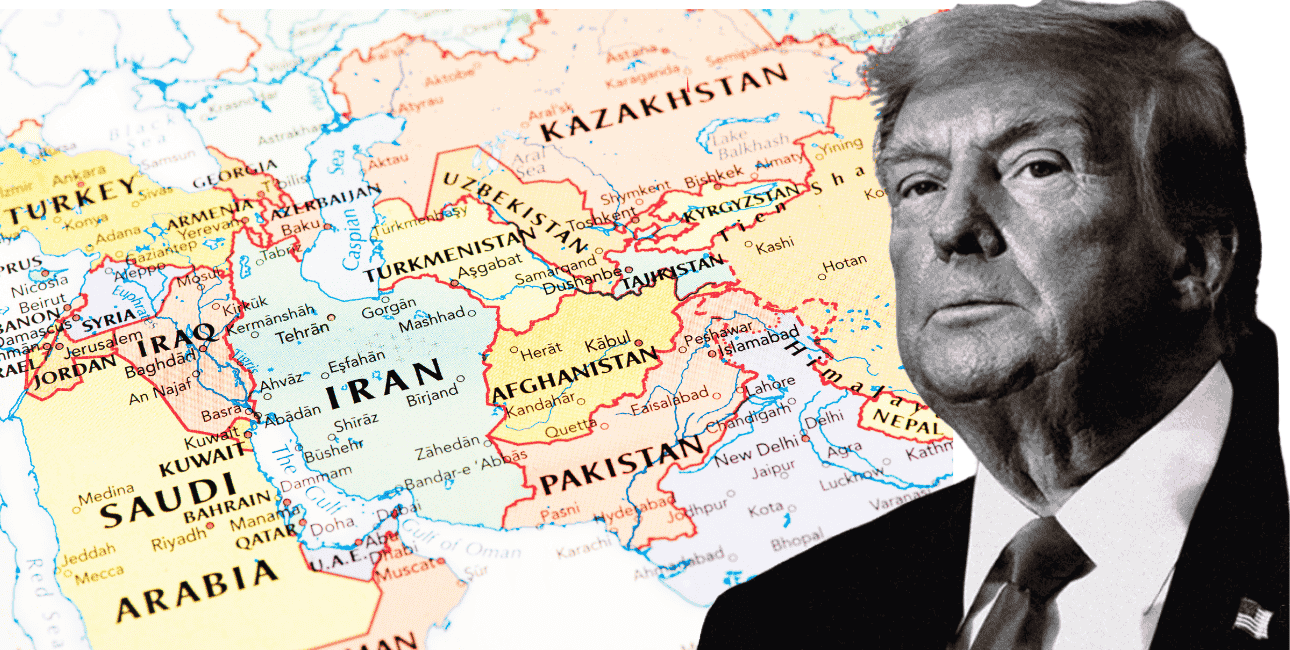Contrary to other superpowers, the five Central Asian and two Trans-Caspian states have remained a low priority for US policymakers. Curiously, the Jackson-Vanik Amendment of 1974, signed into law by President Gerald Ford, was intended to affect US trade relations with non-market economies (originally the countries of the Soviet Bloc).
However, through the instrumentality of the Magnitsky Act, President Obama repealed the amendment in 2012, and permanent normal trade relations (PNTR) were established with Russia and Moldova. However, the act still applied to Azerbaijan, Kazakhstan, Tajikistan, Turkmenistan, and Uzbekistan.
The Jackson-Vanik Amendment prevented the US from establishing normal trade relations with these five Central Asian States. Marco Rubio, the foreign secretary under the Trump 2.0 administration, has called the Amendment “an absurd relic of the past.”
Trump’s Second Stint
During Trump’s first term as President, the US Central Asian policy made no substantial changes.
However, during his presidential campaign, Donald Trump hinted at overhauling American policy on Central Asia. American policy on Central Asia is essentially co-related to policy towards the Russian Federation.
During the Senate confirmation hearing, Senator Steve Daines told Marco Rubio that the new administration should support congressional efforts to finally end the Jackson-Vanik Amendment, which continued to prevent the US from conducting trade with some Central Asian States.
The first step the Trump administration can take in its renewed policy for Central Asia is to repeal the outdated amendment. This would provide the administration with an opportunity to expand cooperation beyond trade and investment. The opening should lead to deepening collaboration on infrastructure investment, rare earth extraction, and counterterrorism, thereby countering Russian and Chinese influence in the region.

Following Trump’s electoral victory, Central Asian governments, particularly Uzbekistan’s President Shavkat Mirziyoyev, were among the first leaders to congratulate him. It clearly indicated that the Central Asian region had a strong interest in maintaining and potentially expanding relations with the US.
What Is Expected Now
President Trump intends to reshape the world order during his current term in office. His administration is expected to realize the Central Asian region’s geographical and strategic importance and relevance to his plans to reconstruct the new world order.
Under the revised policy, Central Asia is expected to produce strategic outcomes. We know that Trump is looking at US-Russia relations from a different trajectory.
Hence, his policy towards Central Asia must align with better relations with Russia under Trump. It means recognizing the identity and geographical importance of Central Asian States in connection with peace and development in the vast region of the Asian Continent.
Trump’s efforts to end the Russia-Ukraine war will also impact the Central Asian states. Notably, in December, Trump called Kazakhstan President Kassym-Jomart Tokayev to ask his opinion on the issue. This clearly shows that Trump thinks that Central Asian states have a role to play in the peace efforts and in the post-war security architecture in the Eurasian region.
Central Asia – Evolving Middle Powers
Notwithstanding problems like domestic instability, recurring political and social clashes, water issues, and Islamic extremism that dogged Central Asian Republics after the implosion of the erstwhile Soviet Union in 1991, Central Asia is steadily turning into a “stabilizing factor, an independent security actor and a middle power in international politics,” notes columnist Alexandra Sitenko in Responsible Statecraft.
An important question is how Central Asian states will balance accepting the influence of the Trump administration vis-à-vis China. It has to be recalled that soon after the implosion of the Soviet Union, China streamlined its Central Asian policy. The foremost emphasis was on connectivity, which would help China capture Central Asian markets and facilitate access to energy sources.
China built the railway line to connect its eastern region of Xinjiang with Kazakhstan, which has hydrocarbon reserves and the precious uranium mineral. China has overground access to Uzbekistan and, more importantly, Turkmenistan, which is reported to have one of the world’s largest gas reserves.
Interestingly, since Central Asian states declared their independence from the Soviet Union in the 1990s, Chinese President Xi Jinping has paid no fewer than nine visits to Central Asia. That should indicate the strategic and commercial importance China gives to Central Asia.
Central Asian states might resist US pressure to downgrade relations with China. However, they welcome expanding bilateral and even multilateral relations with the US in some crucial areas like defense, technology, security, connectivity, and education.
An Exception
An unknown factor in this political-economic chemistry will be Iran’s role in Central Asia. After Central Asian countries declared their independence in 1991, Iran was one of the countries that tried to win over the Central Asian Republics, especially Tajikistan, which was called the underbelly of the Russian empire.
The Tajiks are among the ethnic and linguistic fraternities of the Irano-Aryan civilizational entity. However, in the 1990s, Tehran was obsessed with the Khomeinist theory of the “export of Islamic revolution of Iran.”
Given Tehran’s obsession with exporting the ‘Islamic Revolution,’ no Central Asian regime was prepared to walk the talk with Iran. One Tajik politician put it as this: “When we found that their (Iranian) hand was about to hold our throat, we severed it from its arm.”
Also, the Iranian regime today is much weaker after Israel has systematically degraded the capabilities of Tehran’s proxies – Hamas, Hezbollah, and Houthis. There is also the possibility of further US sanctions on Iran under the Trump administration. Given these circumstances, there seems little, rather no chance, of Iran disrupting the growing ties between Central Asia and the US.
- Prof. KN Pandita (Padma Shri) is the former director of the Center of Central Asian Studies at Kashmir University.
- This article contains the author’s personal views and does not represent EurAsian Times’ policies/views/opinions in any way.
- The author can be reached at knp627 (at) gmail.com




